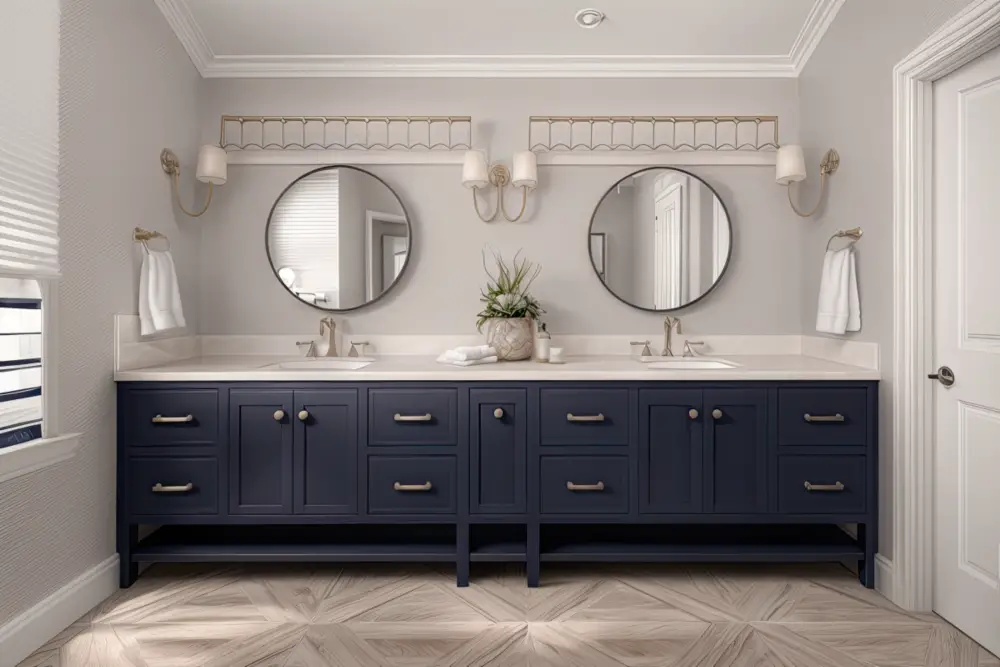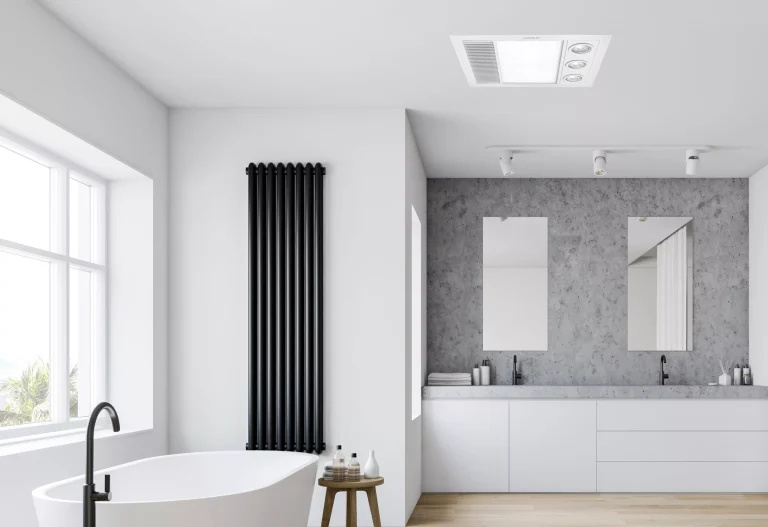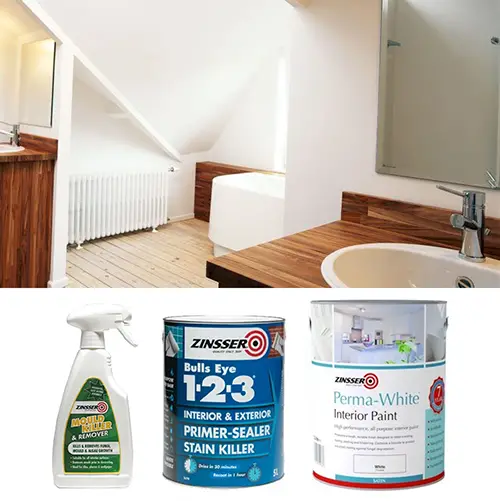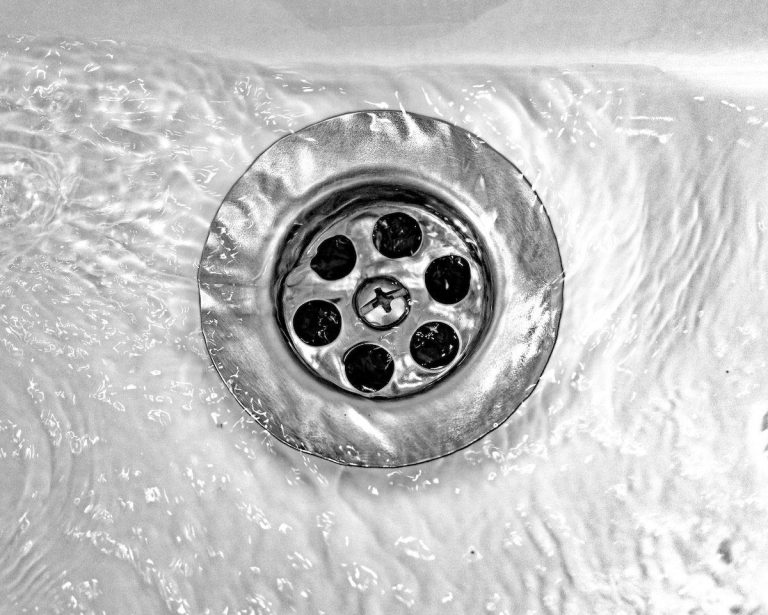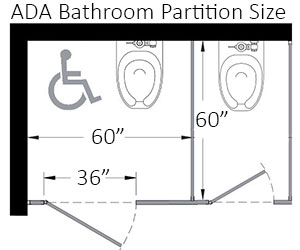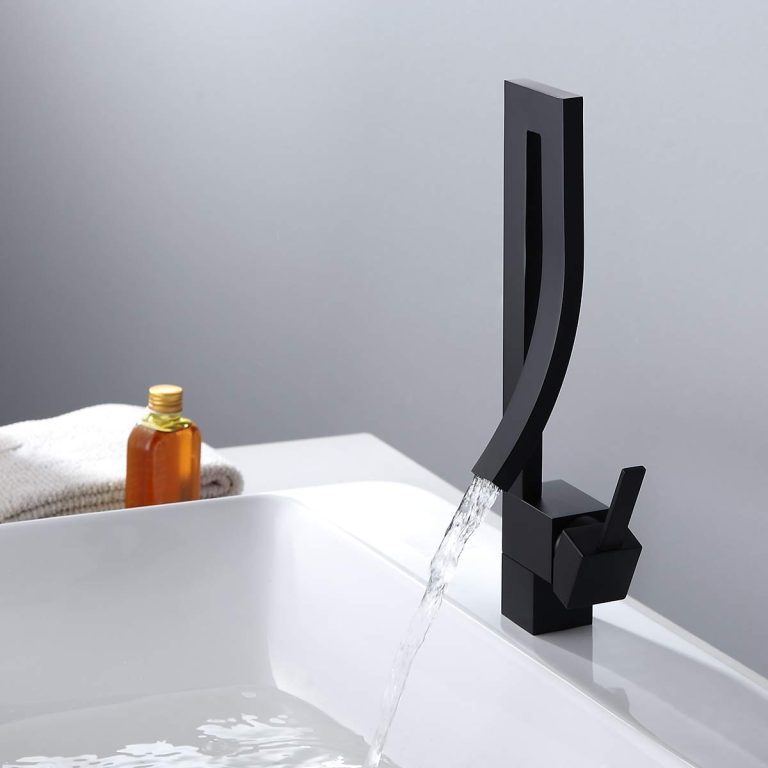Bathroom Vanity Paint
Bathroom vanity paint is a type of paint used to paint bathroom vanities. This type of paint is designed to withstand the moisture and humidity that is common in bathrooms. It is also formulated to resist mildew and mold growth. Bathroom vanity paint is available in a variety of colors, finishes, and sheens, allowing for a customized look and feel. It is important to use the right type of paint for bathroom vanity surfaces to ensure durability and longevity.
Choosing the Right Paint for Your Bathroom Vanity
When it comes to painting your bathroom vanity, the right paint can make or break the look of the entire room. It’s important to choose a paint that will stand up to moisture and heat, while still providing a beautiful finish. Whether you are going for a classic, modern, or rustic look, there are a few tips to help you select the perfect paint for your bathroom vanity.
First, consider the type of material you’re painting. If you’re working with wood, you’ll want to use water-based paint, such as acrylic or latex paint. For other materials, like metal or laminate, you might consider using oil-based paints.
Next, think about the finish you want. For a more traditional look, choose a semi-gloss or gloss paint. If you’re aiming for a rustic feel, try a flat or satin finish.
Preparing the Vanity for Painting
When it comes to painting a bathroom vanity, preparation is key. One of the most important steps in the process is properly preparing the vanity for painting. This includes cleaning the surface, removing any existing paint, and sanding the surface to create a smooth finish. Additionally, any hardware should be removed and the surface should be covered with a drop cloth or painter’s tape to prevent any paint from getting on the wrong areas. Once these steps are complete, the vanity is ready for painting. It is important to properly prepare a vanity before painting to ensure that the final product is smooth and attractive.
When it comes to selecting the right paint for the job, there are a few things to consider. Latex-based paints are generally the best for bathroom vanities as they are durable and easy to clean. Additionally, gloss and semi-gloss finishes are recommended as they are more resistant to water and humidity. When it comes to selecting the color, the options are virtually endless. From classic white to vibrant hues, there is something for everyone.
To ensure a successful paint job, it is important to use the right tools. Brushes and rollers are the preferred tools of the trade, but it is also important to use high-quality supplies to prevent any issues with the paint job. Additionally, proper ventilation is needed to prevent any fumes from lingering in the bathroom. After the painting is complete, it is important to wait at least 24 hours before using the vanity for the first time. This will ensure that the paint is fully cured and ready to stand the test of time.
With the right preparation and materials, painting a bathroom vanity can be a quick and easy process. By following these steps, anyone can create a beautiful and inviting space in no time.
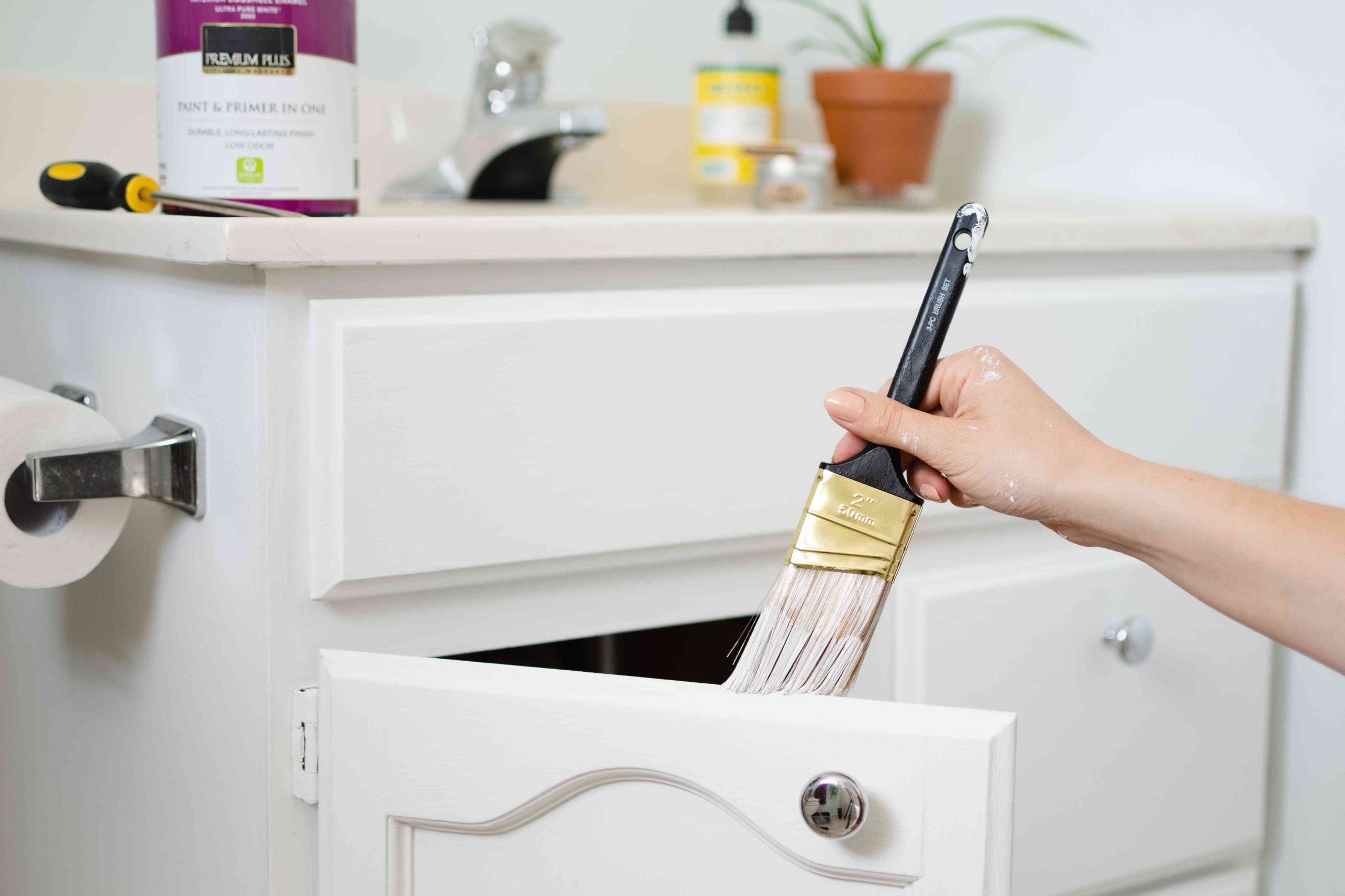
Applying Paint to the Vanity
Painting your bathroom vanity can be a great way to give it a new look without having to buy a brand-new one. But before you start, you need to make sure you have the right supplies. Applying paint to a bathroom vanity requires some special considerations to ensure the paint adheres properly and lasts.
To begin, you’ll need to choose the right type of paint. For a bathroom vanity, you should opt for high-quality water-based paint such as acrylic latex. This type of paint stands up well to moisture and is easy to clean. You’ll also need to choose a high-gloss paint, which will make the vanity easier to clean and will give it a more modern look.
Before you start painting, make sure you prepare the surface of the vanity by washing it down with an all-purpose cleaner. This will help the paint adhere properly and ensure a smooth finish. Once the surface is clean, sand it with a fine-grit sandpaper to remove any imperfections. This will also help the paint adhere better.
Sealing and Protecting the Paint
When it comes to bathrooms, the vanity is the focal point. Giving it a new coat of paint can instantly change the look and feel of your space. But it’s important to take the time to properly seal and protect the paint after you’re done, to ensure that it looks great for years to come. Sealing and protecting the paint on your bathroom vanity can help to keep it looking fresh and new, and can help to prevent any damage from moisture or water.
To properly seal and protect the paint on your bathroom vanity, start by using a primer to prep the surface. This will help to provide a smooth base for the paint to adhere to. Once the primer is dry, apply a few coats of paint. Make sure to use paint that is designed for use in bathrooms, as this will be resistant to moisture and other elements. After the paint is dry, seal it with a clear coat of sealant. This will help to protect the paint from any moisture or water and will help it to last longer.
When choosing the type of sealant to use on your bathroom vanity, go for one that is water-resistant and designed for use on surfaces that are exposed to water or moisture. Be sure to apply the sealant in thin, even coats, and allow ample time for it to dry before using the vanity. This will help the sealant to do its job and protect the paint for years to come.
Taking the time to properly seal and protect the paint on your bathroom vanity is a great way to ensure that it looks great for years to come. With the right primer, paint, and sealant, you can give your bathroom a face-lift without having to worry about it fading or becoming damaged.
Tips for a Professional-Looking Finish
If you’re looking to upgrade your bathroom with a fresh coat of paint, you may be wondering what kind of paint is best for bathroom vanity cabinets. Although many people assume that any type of paint will do, this is not the case. Painting a bathroom vanity is a bit more involved than painting other surfaces, so it’s important to use the right materials to achieve a professional-looking finish. To ensure your bathroom vanity paint job looks its best, here are a few tips to keep in mind.
First, use a high-grade, oil-based paint for the best coverage and durability. Oil-based paints can also be used to create a smoother finish and can last up to 10 years when properly applied. It’s also important to use a primer to ensure the paint adheres to the surface. When it comes to painting around fixtures, such as hardware, use painter’s tape to protect these areas. Additionally, use a high-quality brush or roller to apply the paint in even strokes. Finally, wait at least 24 hours between coats and allow the paint to dry completely before use.
By following these tips, you’ll be able to achieve a professional-looking finish when painting your bathroom vanity. Remember to take your time and be patient, as the result will be worth it in the end.
Troubleshooting Common Painting Mistakes
When painting a bathroom vanity, it’s easy to make a few common mistakes that can lead to a subpar finish. Fortunately, these mistakes are easy to spot and fix. In this blog post, we’ll provide tips and tricks to help you troubleshoot common painting mistakes and achieve a professional-looking finish.
Before you begin painting, make sure you’ve properly prepared the surface. This includes cleaning the vanity with a mild detergent, sanding the surface, and applying a primer to ensure the paint adheres properly. If you skip these steps, you’ll likely end up with an uneven finish and a poor-looking paint job.
Another common mistake is using the wrong type of paint. When painting a bathroom vanity, it’s important to use paint that is specifically designed for use in a bathroom. This type of paint will be more resistant to moisture and humidity and will help protect your vanity from water damage.
Another mistake to avoid is using too many coats of paint. If you apply too many coats, the paint will become too thick, causing it to crack or bubble over time. To achieve a professional-looking finish, it’s best to stick to two coats of paint with a light sanding in between.
Finally, keep in mind that painting a bathroom vanity takes time and patience. If you rush the process, you’ll likely end up with a sloppy finish and a subpar paint job. So, take your time, follow the steps above, and you’ll have a beautiful bathroom vanity in no time.
Cleaning and Maintaining the Painted Vanity
Maintaining a painted bathroom vanity is an important step in keeping your bathroom looking its best. A painted vanity can be a great way to add a stylish and modern touch to your bathroom, but it can also be a bit of a challenge to keep it looking clean and fresh. To make sure your painted bathroom vanity remains looking good as new, it’s important to know the best ways to clean and maintain it.
First, it’s important to choose the right type of paint for your bathroom vanity. Make sure to choose a paint that is designed for use in bathrooms and won’t be damaged by moisture or humidity. If you’re unsure, ask a professional for advice.
When it comes to cleaning and maintaining your painted bathroom vanity, it’s important to use the right products. A mild soap or detergent and a soft cloth should be enough to keep it clean regularly. Avoid using abrasive cleaners or scrubbers, as these can damage the paint. For deeper cleaning, you can use a mixture of warm water and white vinegar.
To protect your painted vanity, make sure to regularly wax it. This will help it to stay looking its best by sealing in the paint and keeping moisture out. It’s also important to keep the vanity dry, as moisture can cause the paint to flake or peel over time.
FAQs About the Bathroom Vanity Paint
1. What type of paint is best for a bathroom vanity?
A semi-gloss or high-gloss paint is typically the best choice for bathroom vanity surfaces, as these types of paints are more resistant to moisture, humidity, and stains.
2. How many coats of paint should I use on my bathroom vanity?
It is usually recommended to apply two coats of paint when painting a bathroom vanity. This helps ensure that the area is completely covered and sealed.
3. Should I use a primer before painting my bathroom vanity?
Yes, it is highly recommended to use a primer before painting a bathroom vanity. Primer helps to ensure the paint adheres better and prevents any discoloration or fading.
Conclusion
Bathroom vanity paint is a great choice for any homeowner looking to update their bathroom. It is relatively easy to apply and comes in a wide variety of colors and finishes, allowing for a custom look. Bathroom vanity paint is also durable and resistant to water and wear, and it can be easily cleaned with a damp cloth. Investing in a quality paint job for your bathroom vanity is a great way to bring a fresh look to the entire bathroom.

